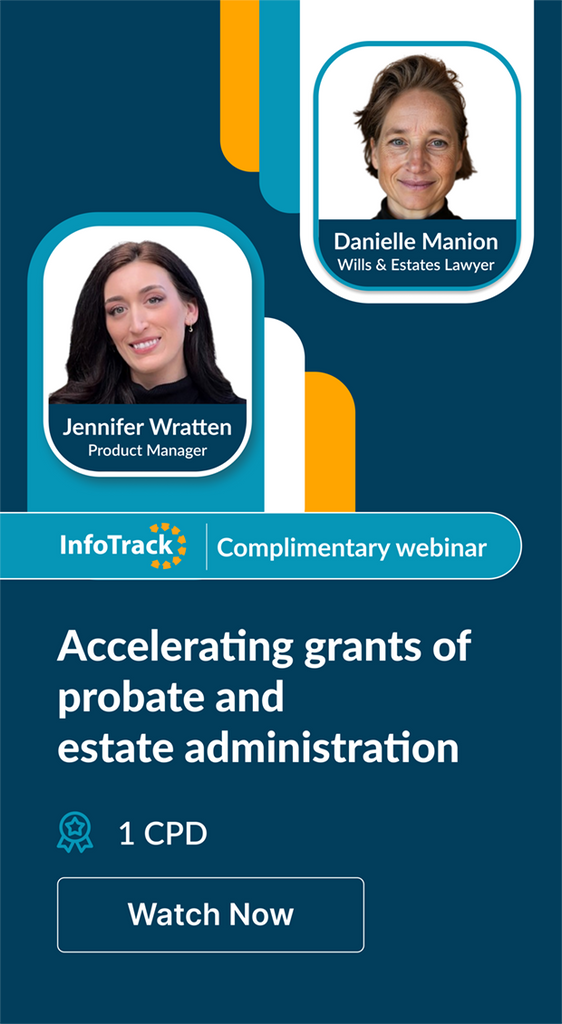
Legal Market Prepare for China Data Protection Law | LPI
By John Duckett*
Predictably and inevitably, the legal sector has been moving into the Cloud, and the Pandemic has only accelerated this journey. For several years, IPS has been advocating a Cloud-first approach for legal IT, most prominently through our annual (pre-COVID) Taking IT to the Cloud conference. Coinciding with these conferences, we conducted surveys and wrote papers on our findings. The firms that participate in these surveys were from 150 plus users, and therefore the results may not reflect the broader legal sector. We also conduct other surveys as well as referencing legal surveys conducted by other organisations.
The biggest concerns that legal firms have expressed about moving to the Cloud have been data security and data location. Client security concerns have been mainly addressed, and data is now hosted in Australian data centres. And once their Cloud solutions were hosted locally, vendors such as Mimecast and NetDocuments have experienced considerable growth. Reflecting the growing confidence in Cloud, many firms now have a Cloud-first policy. As Warrick McLean, CEO of Coleman Greig, explains, "for some time now, we have believed that the future is Cloud-based. Office 365 and Covid has fast-tracked our engagement with cloud offerings along with our recent migration to a new cloud-based Document Management System."
The types of Cloud services that are mainly used in legal are Co-Location, where a firm owns and manages its infrastructure in a secure data centre, IaaS (Infrastructure as a Service), where a firm has its applications hosted on someone's else infrastructure, such as Microsoft or Amazon, and SaaS (Software as a Service). Assuming an appropriate solution is available, we have long believed that the SaaS model offers the most significant benefits to clients. As Peter FitzGibbon, CIO at JWS, notes, `SaaS makes sense as some of the advantages include lower costs, scalability, Vendor implemented software upgrades, benefits realised much quicker than conventional software implementations, easier to perform proofs-of-concept and system continuity and redundancy'.
One Cloud service that has been adopted very quickly within legal has been email security and continuity. Of the firms surveyed in our last (2020) Legal Technology Survey, 100% have outsourced email security and continuity, with 90% using Mimecast. Hosting email in the Cloud has had a slower adoption, but around 50% of firms have now implemented this, and indications are that this percentage will continue to rise quickly. For Legal, there is only one serious player in this space: Microsoft, making a move to the Cloud much easier. The move to Microsoft Office in the Cloud has been slower, but there is a definite trend towards Office as a hosted service.
A Cloud service that has certainly benefited from the Pandemic is Video Conferencing and Collaboration. Zoom and Microsoft Teams have become the dominant solutions now being used by Legal, often at the expense of legacy providers. Because of its increasing integration with Office, additional functionality and third-party solutions, and IT Managers, such as Asitha Udumalagala at Makinson d'Apice, `expect Teams to eventually become the major provider to Legal'.
There are other Cloud solutions, such as HR, Payroll, Telephony and CRM, that are experiencing increased adoption and solutions specifically targeting legal, such as Time Recording and Client Matter Intake. Another interesting area is products that securely manage transactions between firms and clients, including Litera's Transact and Ansarada's Thedocyard.
If there is one gap in the SaaS offerings to mid to large legal firms, it would be the absence of a viable, established PMS. According to our 2020 Technology Survey, the Australian legal market is dominated by Aderant Expert (43%) and Thomson Elite (27%), and although both now offer SaaS solutions there doesn’t appear to be any rush from these client to make the move. Therefore, for the foreseeable future, it seems that the most likely situation where a larger firm would implement a SaaS solution is when they are replacing an existing PMS, and it is probable that there will be new SaaS products, such as PracticeEvolve, to consider along with Aderant and Elite.
The other key solution that remains primarily on-premise, or Cloud-hosted, is document management. Although NetDocuments has long been recognised as a true SaaS product, and in recent years has enjoyed a considerable increase in its market share, it still only has a modest percentage of the total legal DMS market. However, the dominant player, iManage, has recognised the future of the SaaS model and now offers a Cloud-based version of their DMS. As a result, we expect that the move to a SaaS DMS will be faster than the move to a SaaS PMS.
SaaS is a consumption model, so in theory, you pay for what you need. The upfront cost is lower than outright purchase, and the annual costs are regular and predictable, so appealing to both CFOs, CIOs, and Vendors. However, over the long term (usually after 3-4 years), the costs will be higher than the old model of outright purchase and support/maintenance. But possibly the most persuasive argument for SaaS is this is where vendors are investing their money.

*John Duckett, Director of InPlace Solutions.
InPlace Solutions supports professional services with software, consulting and strategic IT advice.
Also read top viewed Ai Legal article: The Role of AI in Legal Research.





